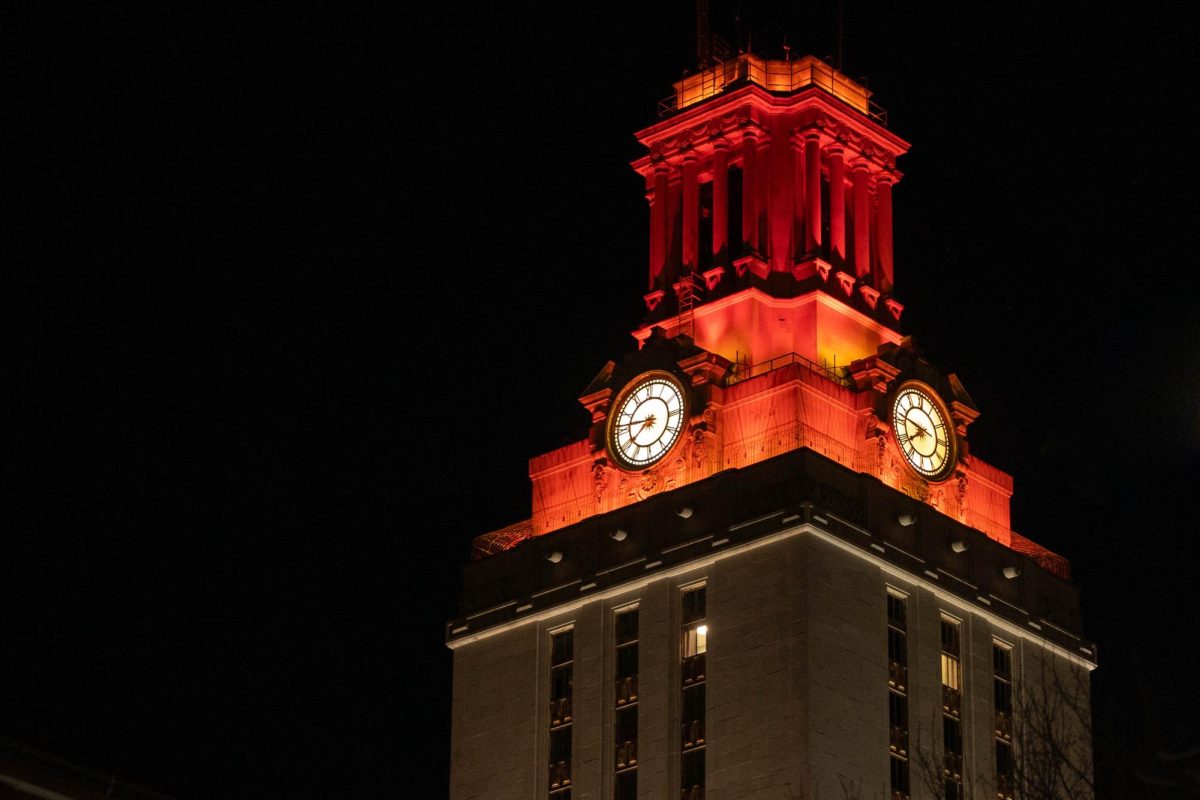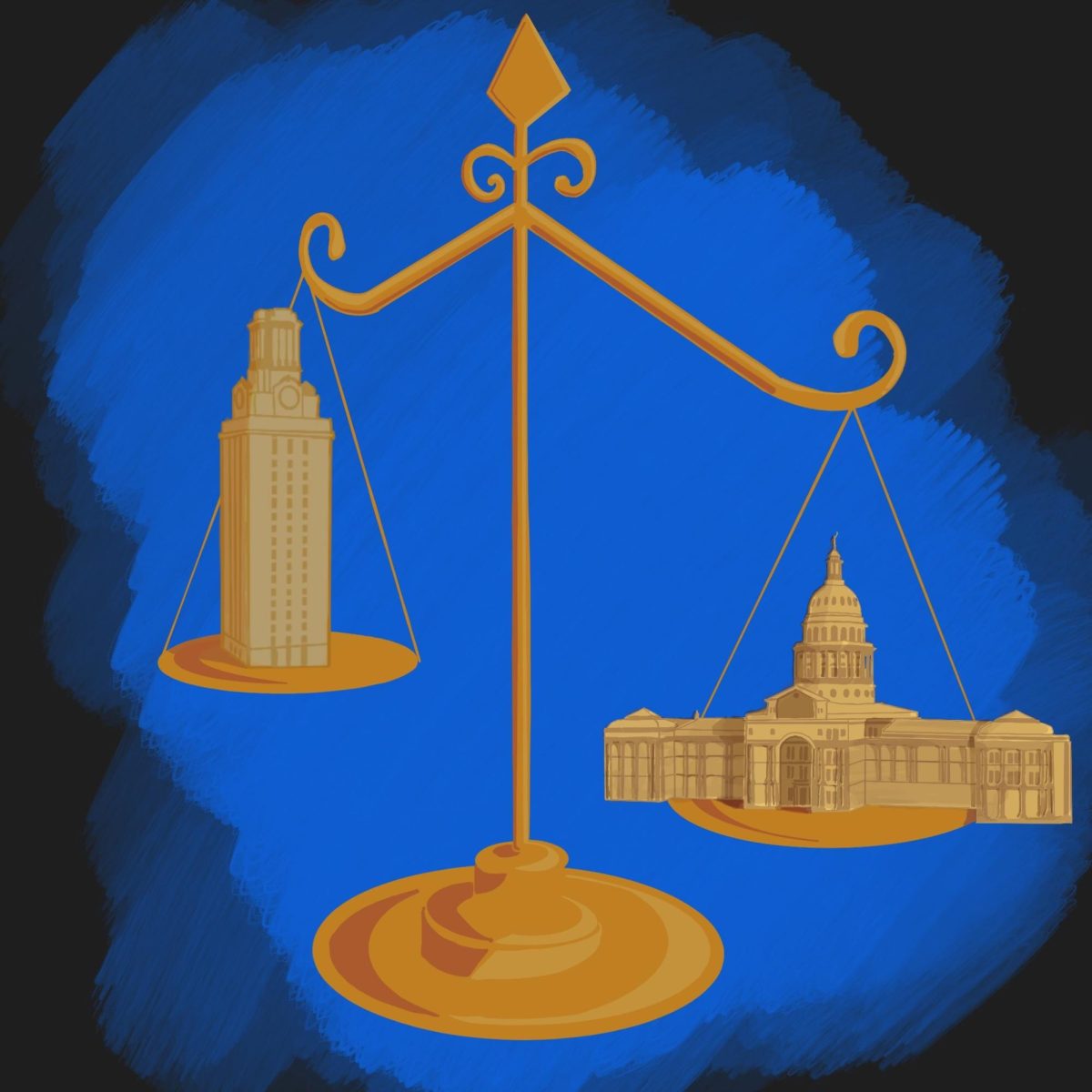With the U.S. Supreme Court deliberating on a case challenging the University’s use of race for some admissions decisions, the Texas House Higher Education Committee discussed a bill Wednesday to prevent adverse effects on the current top 10 percent rule used to admit most students.
Rep. Dan Branch, R-Dallas, committee chairman, said the proposed bill will act to prevent the chaos that would accompany a U.S. Supreme Court ruling in Fisher v. University of Texas that could deem UT’s use of affirmative action in its admissions process illegal. The Supreme Court is expected to come to a decision sometime this summer.
“There is a possibility that the U.S. Supreme Court will rule in a way that changes the admission policies and therefore undoes the bipartisan compromise we crafted in 2009,” Branch said. “This bill is meant to prevent the court’s ruling from literally pulling the rug out from under students across our state who are trying to have clarity on what the rules of the game are in terms of admissions.”
In 2009, the Texas Senate passed a bill that allowed UT to place a cap on the number of students it admitted automatically under the top 10 percent rule. However, if the Supreme Court rules in favor of Fisher, an amendment called the “Hook ‘em Amendment” by Rep. Veronica Gonzales, D-McAllen, will be enacted. The Hook ‘em Amendment states that if race can no longer be considered as a factor in undergraduate admissions, then UT would eliminate any caps placed on the number of students admitted under the top 10 percent rule.
Branch’s bill would remove the amendment.
“The Hook‘em Amendment could actually hook us, and put our University in a position where the undoing of the reforms would cause admission chaos,” Branch said.
Without reform, the number of automatically admitted students is projected to go from 83 percent in fall 2012 to 105 percent in Fall 2017.
President William Powers Jr. said the modifications made to the top 10 percent rule in 2009 have not caused reverse diversification, and he does not expect Branch’s bill to either.
“Our position has always been it is a tool used in admissions, but should not be the only one,” Powers said. “If we get to 100 percent of automatically admitted students then we’ve lost control of the size of our class and there is no other pathway into the university than high school ranking. God willing, the Supreme Court will confirm our admissions process, but if not, we need to be prepared.”
Marianna Anaya, an ethnic studies and radio-television-film senior and who was admitted through the top 10 percent rule, said her recent acceptance into a Stanford University graduate program is proof of the success that automatically admitted students can achieve.
“I want to highlight the struggles of historically under-represented people who still have agency, they’re still intelligent and they still deserve to be at a school like UT-Austin — a value that the top 10 percent rule upholds,” Anaya said. “I am a concrete example of the benefits of UT’s history of dedication to diversity.”



















